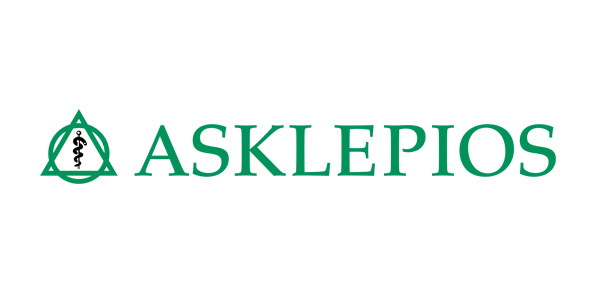Scolioscan is an advanced scoliosis monitoring device, which can measure the curvature and create an image of the spine using ultrasound, being graphically represented immediately. It is absolutely radiation-free, and calculates angle curvature automatically.
In the future, Scolioscan should help to ensure fewer X-rays need to be taken during follow-up checks.
——Asklepios Katharina-Schroth-Klinik
About Asklepios Katharina-Schroth-Klinik
Asklepios was established in 1985 and is now a leading digital healthcare group in Germany with around 170 facilities and 67,000 employees. Asklepios has healthcare facilities in 14 of Germany’s federal states. The doctors and healthcare assistants in their facilities treat over 2.6 million patients each year.
More than 32,000 beds are available to provide this care. Asklepios Kliniken GmbH is the holding company of the healthcare group Asklepios.

Source:https://www.asklepios.com/bad-sobernheim/
Katharina Schroth, born February 22nd 1894 in Dresden Germany, was suffering from a moderate scoliosis herself and underwent treatment with a steel brace at the age of 16 years before she decided to develop a more functional approach of treatment for herself.
Inspired by a balloon, she tried to correct by breathing away the deformities of her own trunk by inflating the concavities of her body selectively in front of a mirror. She also tried to ‚mirror’ the deformity, by overcorrecting with the help of certain pattern specific corrective movements. She recognized that postural control can only be achieved by changing postural perception.
From 1921 this new form of treatment with specific postural correction, correction of breathing patterns and correction of postural perception was performed with rehabilitation times of 3 months in her own little institute in Meissen and in the late 30’s and early 40’s she was supported by her daughter, Christa Schroth.

Figure 1 The upper right corner is a group photo of Katharina Schroth and her daughter Christa; the lower left corner is an outdoor training scene
After World War II, Katharina Schroth and her daughter moved to West Germany to open a new little institute in Sobernheim, which constantly grew to a clinic with more than 150 in-patients at a time, treated as a rule for 6 weeks. In the 80’s this institute was renamed to ‚Katharina Schroth Klinik.
Till now, the Asklepios Katharina-Schroth-Klinik is one of the largest centres worldwide, which is specialized exclusively in the in-patient treatment of scoliosis and other spinal deformities. It was possible to accommodate 188 patients in double and single rooms and team works together with patients for a successful rehabilitation in an area of 2.600 m².


Figure2. Photos taken during the treatment
(Source: Asklepios Katharina-Schroth-Klinik)
Their Pain Point and our Solution
(1) Simple diagnosis procedures
Traditional X-ray diagnosis system can be complicated and difficult to master. Scolioscan can simplify the procedures in only three steps: spreading ultrasound gel on the back; using the ultrasound probe to scan the spine from bottom to top; performing automatic measurement.
- Spreading ultrasound gel on the patient’s back
- Using ultrasound probe to scan the spine from bottom to top
- Analyze the data

Figure 3. Spreading ultrasound gel on the patient’s back
(Source:Asklepiosklinik Bad Sobernheim on Instagram)

Figure 4. Using ultrasound probe to scan the spine from bottom to top
(Source:Asklepiosklinik Bad Sobernheim on Instagram)
(2) Early detection
Adolescent idiopathic scoliosis (AIS) is one of the most common spinal deformities in children aged 10 to 16 years. Before that, the children have mild to no symptoms at all, that’s why scoliosis often goes undetected in the early stages of development. Since Scolioscan is absolutely radiation-free, it can be used more frequently on children and screen for scoliosis.
(3) Continuous monitoring
According to their intensive program, curve progression should be prevented and minor functional curves should be corrected. Scolioscan can provide continuous monitoring and evaluation of treatment outcomes

Figure 5. Scolioscan device installed in their clinic
(Source:Asklepiosklinik Bad Sobernheim on Instagram)

